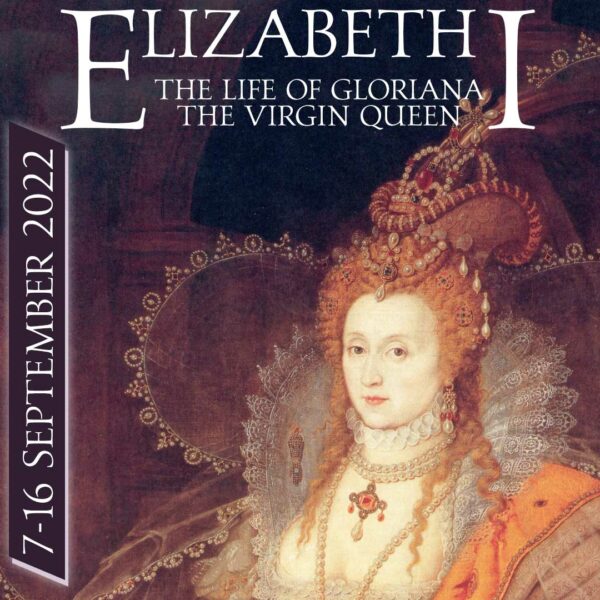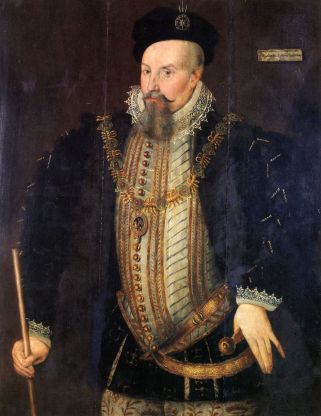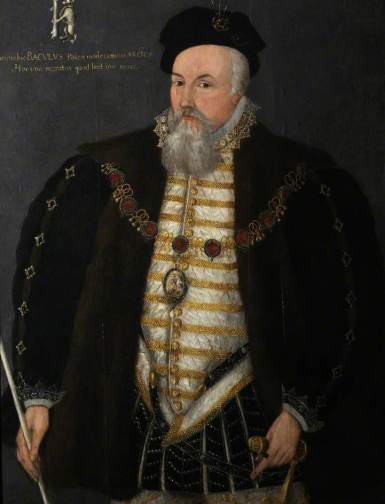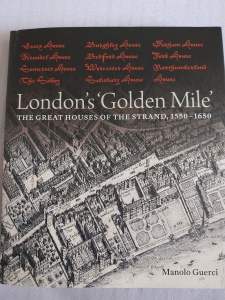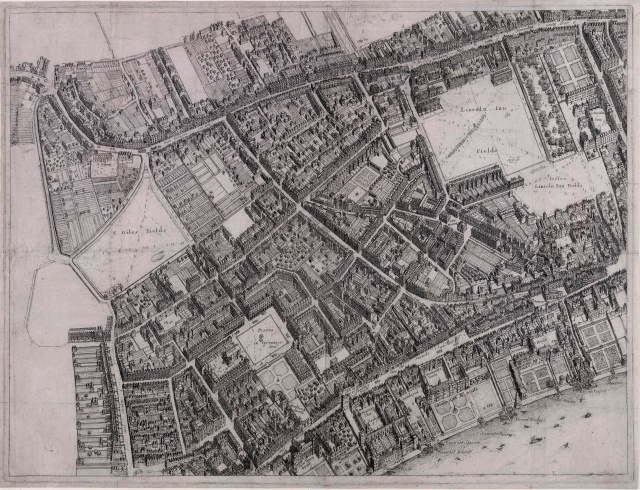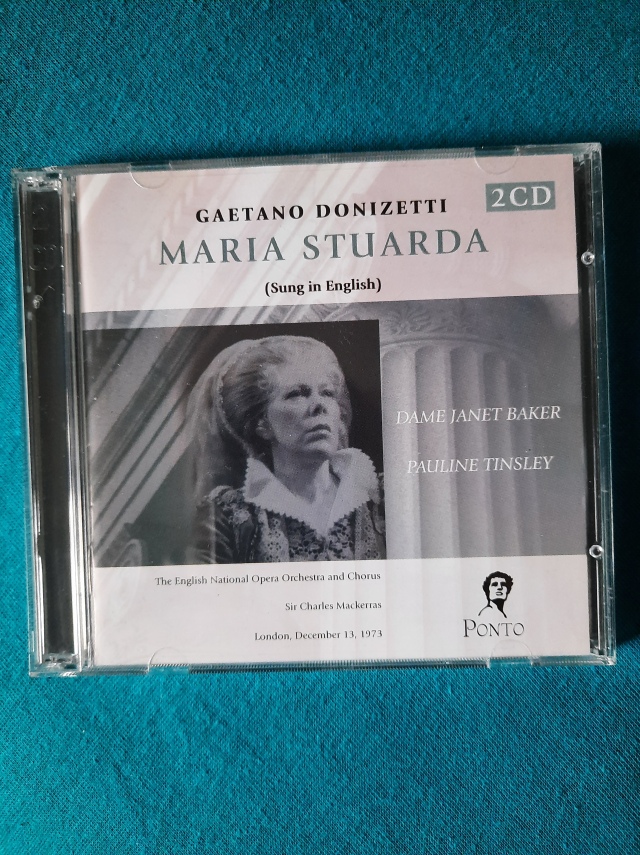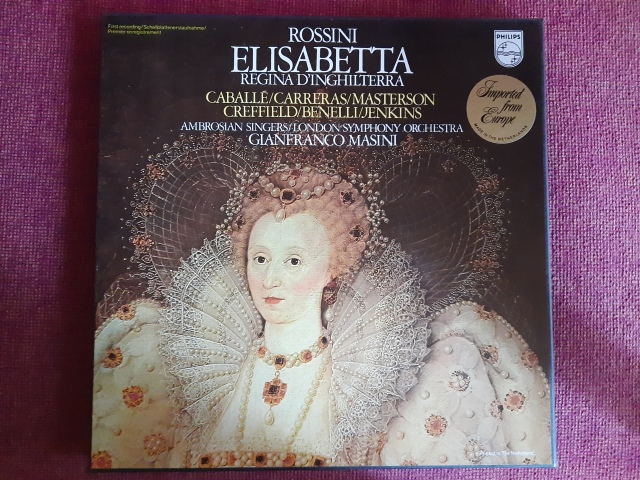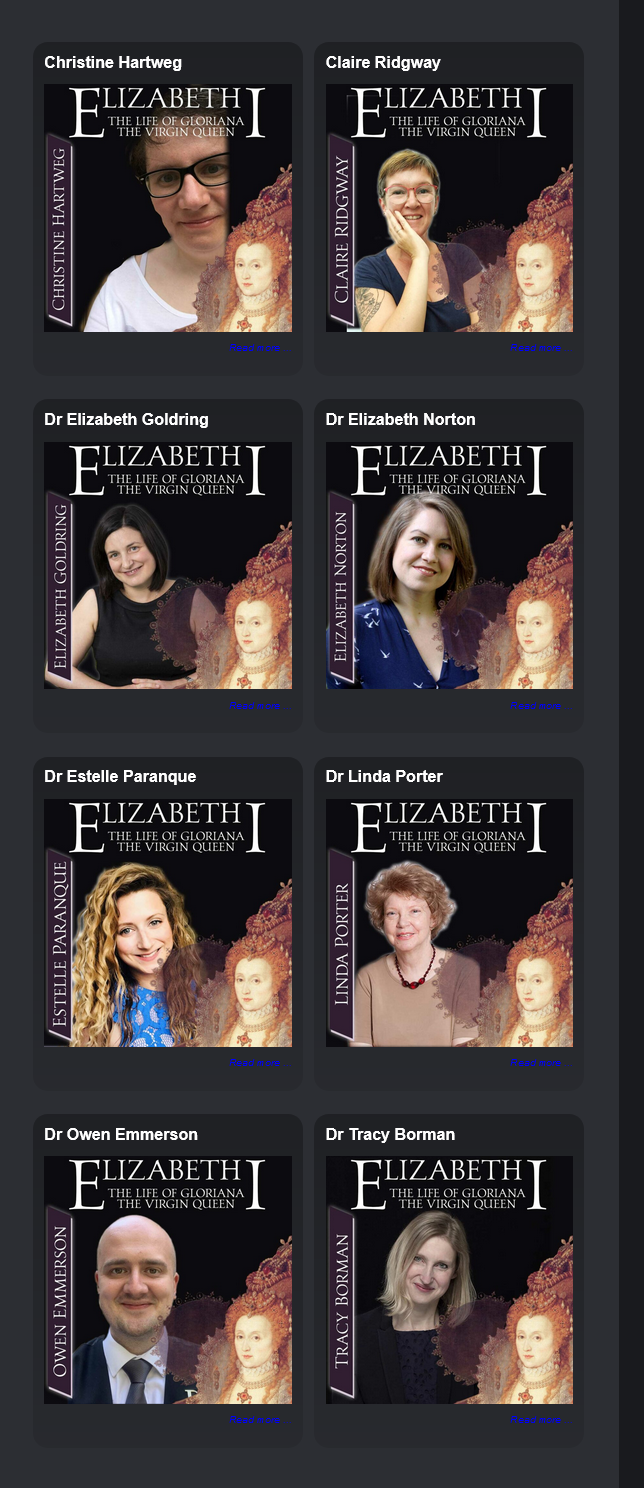 Just a note that in the summer of 2022, I was honoured to be part of Claire Ridgway’s Elizabeth I online event. We had an in debth talk via Zoom about Amy Robsart. Meanwhile the event is closed, but it was a wonderful experience.
Just a note that in the summer of 2022, I was honoured to be part of Claire Ridgway’s Elizabeth I online event. We had an in debth talk via Zoom about Amy Robsart. Meanwhile the event is closed, but it was a wonderful experience.
- Follow All Things Robert Dudley on WordPress.com
-
Out now! (U.K.)

Out Now! (U.S.A.)

You might also like … (U.K.)
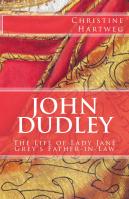
You might also like … (U.S.A.)

Top Posts & Pages
- Did Good Queen Bess Kill More People for Religion than Bloody Mary?
- Living on The Strand
- Who's Who?
- Jewels and ‟Such Other Pretty Stuff‟: Robert Dudley Goes Shopping
- Family Relationships
- Edward VI – Growing Into His Own
- Melancholy Knights, by Hilliard and Oliver
- Edward VI – The Wills of a King
- Did Henry FitzRoy and Edward VI Die of the Same Illness? Guest article by Sylvia Barbara Soberton
- Edward VI – The Renaissance Prince
Categories
1553 Ambrose Dudley Amy Robsart Andrew Dudley Douglas Sheffield Edmund Dudley Edward VI Elizabeth I errors & myths family & marriage friends & foes guest posts Guildford Dudley Henry VIII Jane Dudley John Dudley letters Lettice Knollys my books Netherlands paintings religion Robert Dudley Sir Robert Dudley sources & historians strange facts from popular booksTags
- ambassadors
- Anne Boleyn
- Anne Seymour
- Anthony Forster
- Archduke Charles
- Baron Dudley
- Bess of Hardwick
- birth date
- books
- Catherine de Medici
- Charles V
- Christopher Hatton
- clothes
- courtier
- Diego de Mendoza
- Dorothy Perrot
- Duke of Anjou
- Duke of Norfolk
- Duke of Somerset
- Duke of Suffolk
- Earl of Arundel
- Earl of Essex
- Earl of Huntingdon
- Earl of Oxford
- Earl of Pembroke
- Earl of Warwick
- education
- Elizabeth Grey
- Federico Zuccaro
- food
- France
- François de Scépeaux
- Garter
- health
- Henry Dudley
- Henry Sidney
- household
- Italian
- James Croft
- jewels
- John Appleyard
- John Gates
- John Hales
- Katherine Hastings
- Kenilworth
- Lady Jane Grey
- Leicester House
- Lord Denbigh
- Marquess of Northampton
- Mary Dudley
- Mary I
- Mary Queen of Scots
- Master of the Horse
- minority
- murder
- music
- Nicholas Hilliard
- Nicholas Throckmorton
- Order of St. Michael
- Penelope Rich
- Penshurst
- Philip II
- poison
- Prince of Orange
- Richard Verney
- Scotland
- Spanish
- Steven van der Meulen
- tennis
- Thomas Blount
- Thomas Darcy
- Thomas Seymour
- William Camden
- William Cecil
- William Paget
- My Tweets
-
Recent Posts
- Even More Blog Housekeeping
- Blog Housekeeping
- An Ox for the Earl of Leicester
- “I will put in the names” – Elections, 1584
- The Earl of Leicester’s Visit to the Town of Leicester
- Living on The Strand
- My Interview on the Dudley Family
- Lettice in the Theatre
- Lettice and Elizabeth
- Robert Dudley in Opera
- Banquet Massacres
- Mary Stuart’s M Necklaces
- Mary Stuart’s Open Ruff
- Smelling Wives?
- Did Henry FitzRoy and Edward VI Die of the Same Illness? Guest article by Sylvia Barbara Soberton
- Did Edward VI Tear Apart His Falcon?
- Some Portraits of Robert Dudley’s Siblings
- Robert Dudley in Quarantine
- Did Robert Dudley Send Money to Princess Elizabeth?
- The Portraits of Robert Dudley (5)
Archives
-
© 2011–2024 Christine Hartweg

